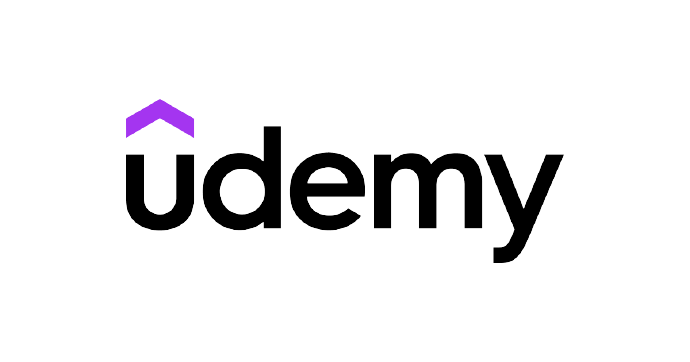प्रभावी लीन ऑडिट करने के लिए 6 कदम
The concept of ‘Lean’ is about performing work in the most efficient way, quickly and using the best means to achieve the desired goal for your organizations and customers. Lean auditing could refer to the application of 'lean' principles to internal audit process.
The concept of Lean has been tried and tested by several industries with huge success in terms of business and process transformation. It has its roots in the Japanese motor industry as far back as 1960s and 1970s, during the time that engineers were searching for the most effective process one that eliminates waste all forms of wastes.
Establishing a culture of continuous improvement involves thinking about the best way to conduct internal audits and challenging yourself about whether they help to improve your process with the overall goal of delivering more values that satisfies your customer needs in the most efficient and effective method.
 Click Here to Download Readymade Editable Toolkits & Templates on Quality Assurance/Quality Control, Lean Six Sigma, Lean Manufacturing, Six Sigma, ISO 9001, ISO 14001, ISO 22000, ISO 45001, FSSC 22000, HSSE, Project Management etc.
Click Here to Download Readymade Editable Toolkits & Templates on Quality Assurance/Quality Control, Lean Six Sigma, Lean Manufacturing, Six Sigma, ISO 9001, ISO 14001, ISO 22000, ISO 45001, FSSC 22000, HSSE, Project Management etc.
Steps to Conducting Lean Audit
Defining your objective
The goal of your lean audit should be to determine if the business is properly implementing and upholding lean methodologies. This you can achieve by analysing the current lean processes of your company with the intent of identifying opportunities for improvement.
Planning for the audit
Lean audits within an organization should be conducted by a third party or audit team within an organization with individuals who do not have interest in the outcome of the audit. Before performing the audit, the management should endeavour to divide the workplace into various areas in order to enable the auditors create checklists of the required standards and potential problems of each area.
 Click Here to Download Readymade Editable Toolkits & Templates on Quality Assurance/Quality Control, Lean Six Sigma, Lean Manufacturing, Six Sigma, ISO 9001, ISO 14001, ISO 22000, ISO 45001, FSSC 22000, HSSE, Project Management etc.
Click Here to Download Readymade Editable Toolkits & Templates on Quality Assurance/Quality Control, Lean Six Sigma, Lean Manufacturing, Six Sigma, ISO 9001, ISO 14001, ISO 22000, ISO 45001, FSSC 22000, HSSE, Project Management etc.
Defining a scoring system
The scoring system should be tailored to each business unit, using some lean components like inventory, supply chain management and procedure standardization. It should be noted that the outcome of the audit can be negatively impacted by the lack of a defined scoring system and differing auditing methods.
Applying lean standards to the audit process
Lean standards may include making sure that, signages such as labels and warnings are clearly and visibly placed in designated areas, among others.
Lean auditing report
The audit audit reports should be to the point, and fruitful for making desired improvements in the system.
Following up after the audit
In order to ensure that the business is effectively utilizing lean methodology and all areas requiring improvement are being worked upon, you need to follow up with each area manager after the audit. This requires making sure that relevant issues have been addressed while noting the standards that still needs to be met. Audit follow up should be done consistently in order to maintain lean standards.
Management Systems Implementation & Auditing Certification Courses on UDEMY, Start Here:
- ISO 50001 Energy Management Systems (EnMS) Lead Auditor Course
- ISO 22000 Food Safety Management Systems (FSMS) Lead Auditor Course
- ISO 14001 Environmental Management Systems (EMS) Lead Auditor Certification Course
- ISO 45001 Occupational Health & Safety Management Systems (OH&MS) Lead Auditor Certification Course
- ISO 9001 Quality Management Systems (QMS) Lead Auditor Course
- Integrated Management Systems (IMS) Implementation Course
- FSSC 22000 Implementation & Internal Auditor Course
- ISO 22000 Implementation & Internal Auditor Course
- ISO 22000 (HACCP, PRPs, oPRPs and CCPs) for Food Safety
- Certified Internal Auditor (CIA) Training Course
- ISO 9001 (QMS) Implementation & Internal Auditor Course
- ISO 14001 (EMS) Implementation & Internal Auditor Course
- ISO 45001 (OH&SMS) Implementation & Internal Auditor Course
- Food Fraud Mitigation & Defense Certification Course
